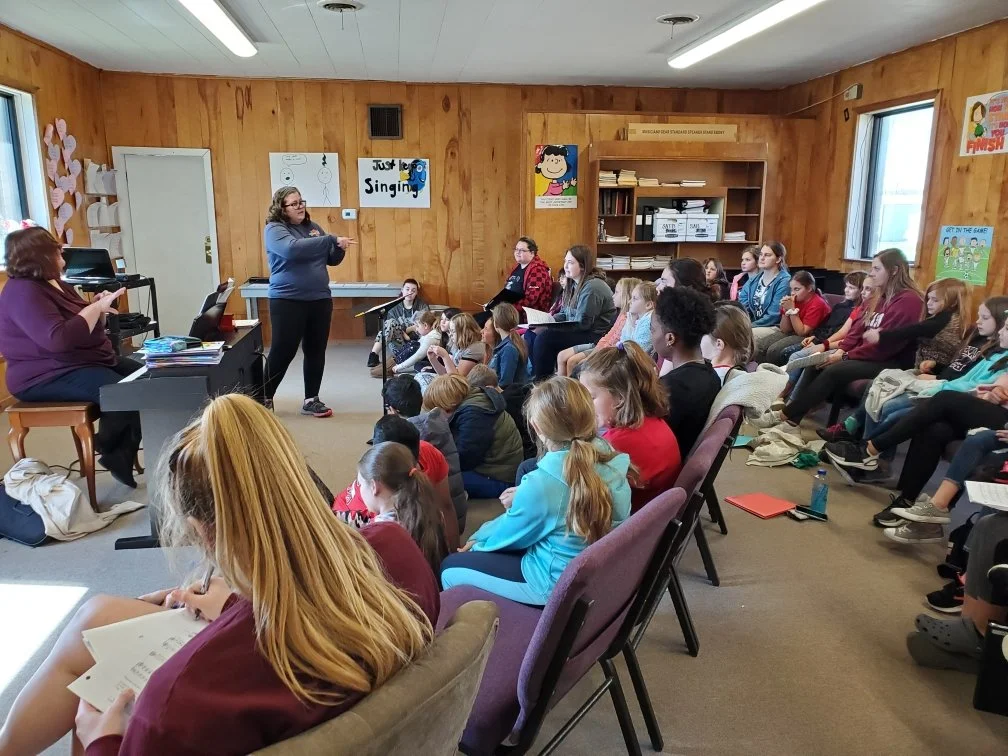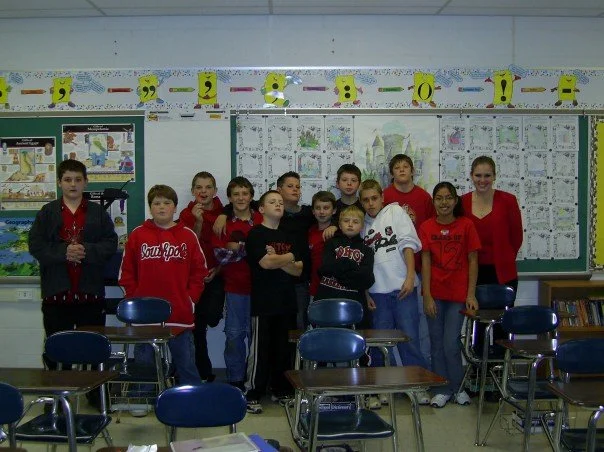Diversity Statement
In her epic novel To Kill a Mocking Bird, Harper Lee wrote, “we know not all men are created equal in the sense that some people would have us believe” (p. 205). She goes on to explain that “some people are smarter than others, some people have more opportunity because they're born with it, some men make more money than others, some ladies make better cakes than others.” It is my personal belief that great educators do not treat students as identical to each other but rather acknowledge the diversity that composes their classroom. It is in this recognition that we begin not to teach music or math but rather individuals with unique interests, abilities, and contributions.
Students come to our classrooms with a variety of backgrounds, abilities, circumstances, and beliefs. As educators, it is not our job to equalize our students but to empower them to use their experiences to influence their education and life choices. When done, we find our classrooms full of unique perspectives. More importantly, as educators, we become familiar with every child's strengths and needs, enabling us to tailor our instruction to reflect this individuality. This modification allows every child to experience academic growth while uniquely contributing to the classroom community.
At one point in my career, I was asked to identify how I differentiated my classroom instruction. This began a journey that started with an acknowledgment that I could not honestly identify who my students were and what they needed. From that point forward, I made it a personal commitment to know my students' backgrounds, abilities, and interests, enabling me to modify my instruction so that music was accessible to all who entered my classroom. Through varying processes such as the approach to reading music, the content of general music classes, and the products students produced, my learners had opportunities to engage with the content in a way that empowered them to learn and advocate for their educational needs. Admitting what I did not know was an uncomfortable but valuable first step, one that I would encounter again when I began teaching at a small college in Texas. Ranger College was home to students representing diversity in nationality, culture, language, perspective, and interest. To help my students grow, I needed to understand the people in my classroom and modify my instruction accordingly. This included developing strategies for helping English Language Learners, welcoming musical styles vastly different from my own, and framing content in a manner that would connect to their interests and experiences. These two journeys have strengthened me as an educator. Both challenged me to open my mind to different ways of teaching and my heart to the variety of life experiences my students brought with them. Both reminded me that I was not teaching a subject; I was teaching people.
My research focuses on encouraging inclusivity in two primary ways. First, is my work ensuring that music is accessible to all students regardless of their academic abilities. Students enter music classrooms with a variety of readiness, interests, and abilities. As educators, it is our responsibility to ensure that every child experiences meaningful growth. To accomplish this, educators must be willing to modify their curriculum, differentiating their instruction to facilitate the academic success of the variety of learners that make up their classrooms. This enables educators to meet students where they are and help them move toward where they want to be. This experience now involves presenting the strategies I developed to future educators while giving them the space to explore and develop their own understandings of and approaches to teaching diverse learners.
The second way pertains to my work with refugee populations. Refugee children bring with them a large variety of academic, social, and emotional needs. One way to support refugee children is through the encouragement of transculturation. As defined by Crawford (2020), this is “a reciprocal, multi-dimensional, and long-term process that requires adjustments by both the refugee migrant and the destination community” (p. 539). Going deeper than an understanding of and appreciation for each other, transculturation is the process by which all members of a community (e.g., classroom, school, town) are impacted and changed by each other.
Many well-regarded researchers, such as Hess, Bond, and Bradley, have contributed to the conversation surrounding equity and inclusion in music education. While I support and agree with their work, I also have a unique voice to contribute to the conversation. Because of my research on academic equity and refugee empowerment, I believe that I can add a great deal to discussions promoting equity and inclusion. As I work with future educators, I hope to share strategies for working with academically diverse students and refugee and displaced children. More importantly, I hope to instill within future educators the importance of getting to know every learner that enters their classroom. Every child is not created equal, and that is a beautiful and exciting fact. But, unless you take the time to learn about the students in your classroom, you will never know how much potential lies in each and every child.





